We may earn money or products from the companies mentioned in this post. This means if you click on the link and purchase the item, I will receive a small commission at no extra cost to you ... you're just helping re-supply our family's travel fund.
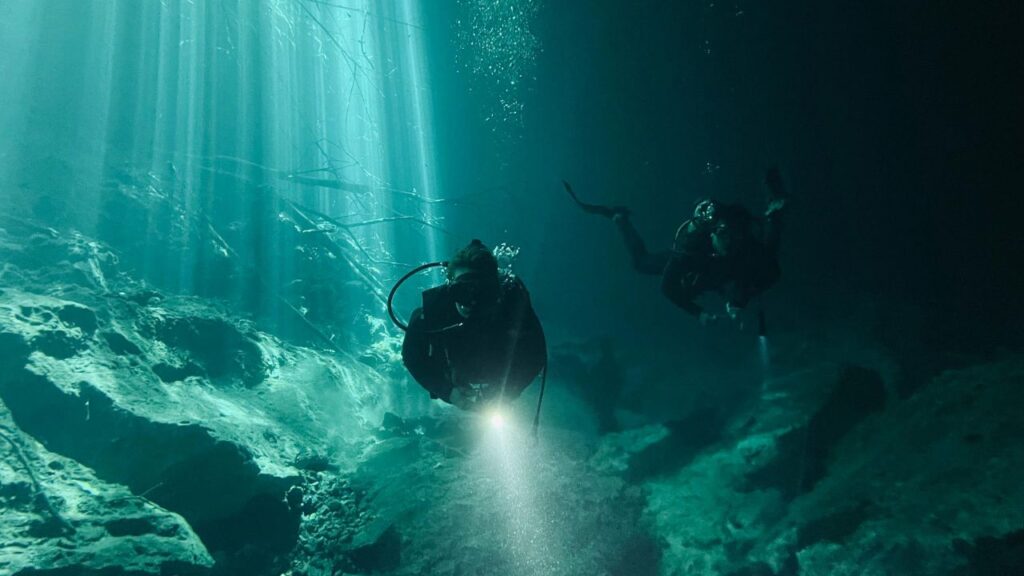
Cave diving has an aura of danger that intimidates beginners, but much of that fear comes from misinformation. With proper training, equipment, and safety practices, cave diving is a controlled, thrilling activity rather than the deadly pursuit it’s often portrayed as. By debunking common myths, new divers can understand the reality of this sport and build the confidence to explore safely while uncovering the beauty hidden beneath the surface.
Cave Diving is Extremely Dangerous
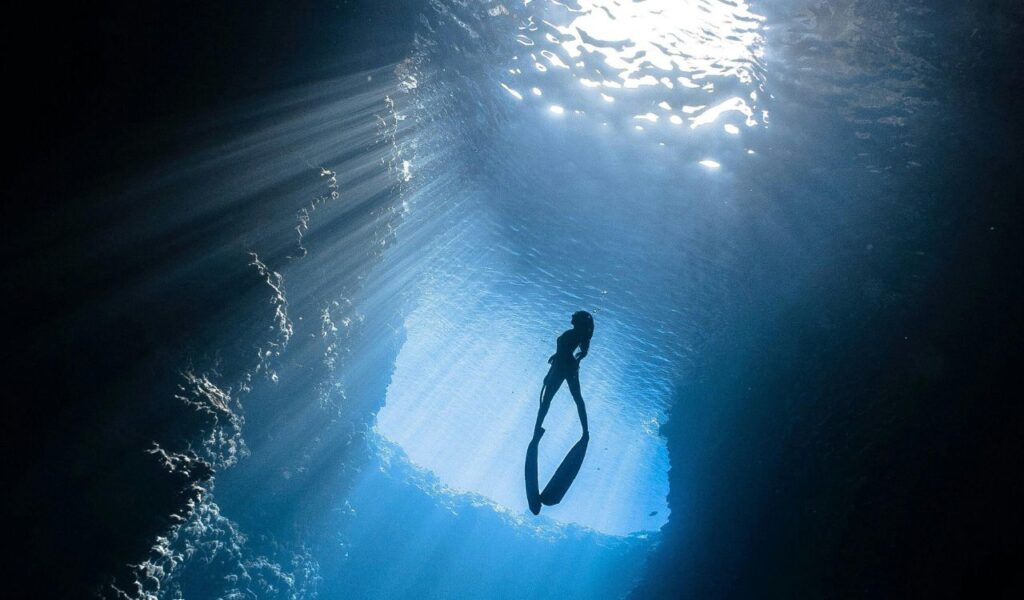
Cave diving is not inherently deadly when done correctly. Training programs teach divers precise planning, navigation, and gas management, reducing risk significantly. Most accidents occur when untrained divers exceed their limits or ignore safety rules. With discipline, certification, and adherence to established procedures, cave diving can be safe and rewarding. It is not reckless danger but calculated adventure, rooted in preparation and skill-building.
Sharks and Deadly Creatures in Every Cave
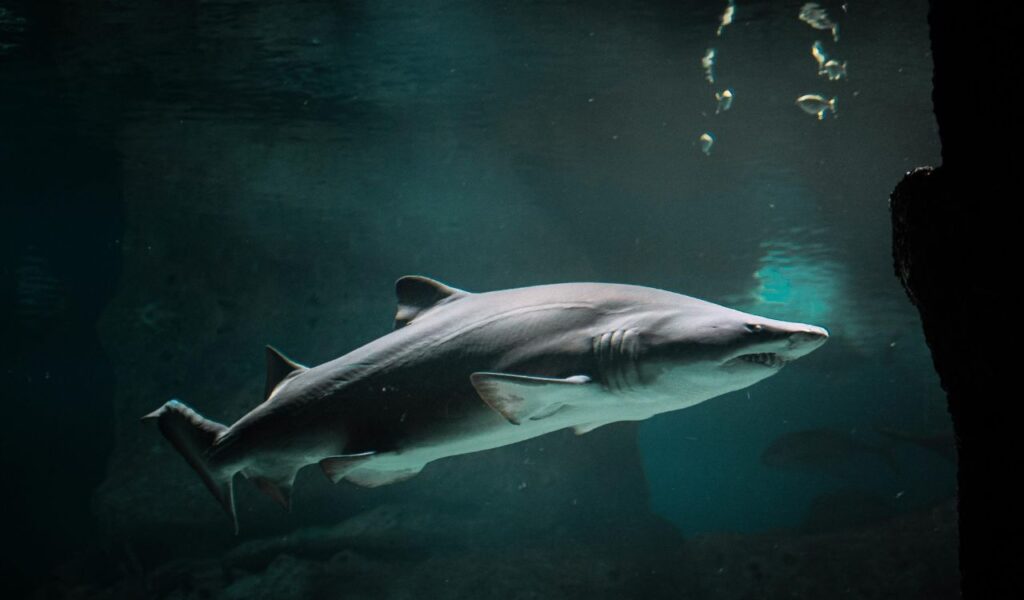
Cave diving environments are rarely home to sharks or large predators. Most underwater caves are calm, enclosed spaces that lack dangerous wildlife entirely. Instead, divers encounter small aquatic species and remarkable rock formations. The idea of sea monsters lurking within caves is pure fiction. In reality, underwater caves are tranquil, quiet spaces where divers focus on geology and exploration rather than fear of unexpected threats.
Cave Diving is Only for Elite Divers
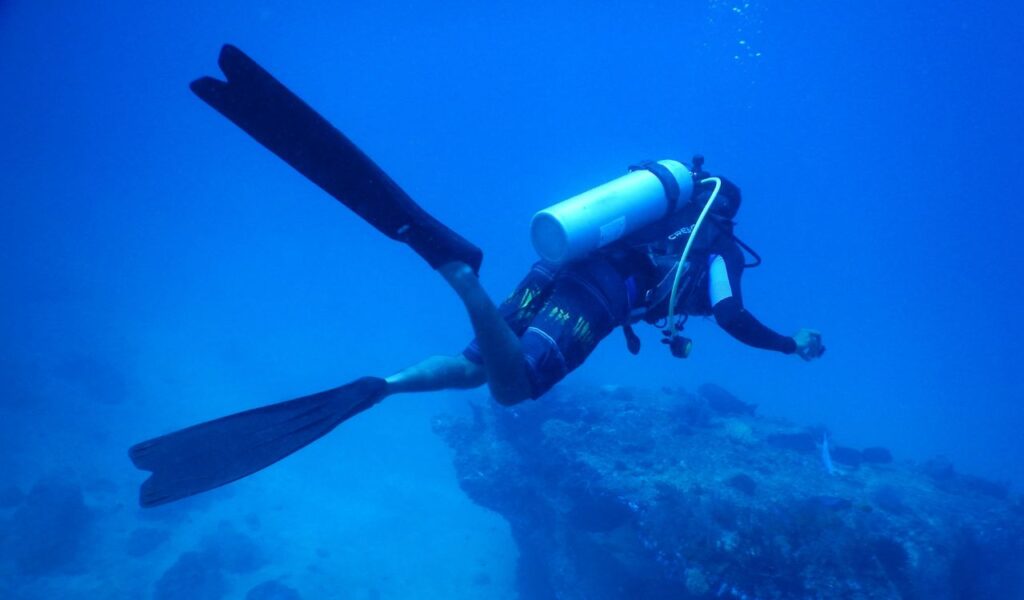
Cave diving may seem like a pursuit for elite professionals, but anyone with basic scuba experience can progress into it through proper training. Courses begin with cavern-level dives in controlled environments and build skills gradually. Divers learn at their own pace, gaining confidence and experience before tackling advanced systems. With structured instruction and mentorship, cave diving is an accessible goal for committed recreational divers.
Cave Diving is Only for Men

Cave diving is not a male-only pursuit. Women are highly active in the diving community, excelling as explorers, instructors, and leaders. Modern programs encourage inclusivity, creating equal opportunities for all divers. Skill, training, and mindset matter far more than gender. Many female-led cave diving groups also provide mentorship, making it easier for women to enter this adventurous field confidently and safely while building valuable experience.
You Must Be Extremely Fit to Cave Dive

Cave diving does not demand elite athleticism. While basic fitness and medical clearance are important, the sport focuses on calm movement, buoyancy control, and efficiency, reducing strain underwater. Training emphasizes technique over strength, allowing divers of different builds to succeed. As long as you are in good health and comfortable in the water, proper instruction equips you with the skills necessary for safe and effective cave diving.
Cave Diving is Impossible to Learn
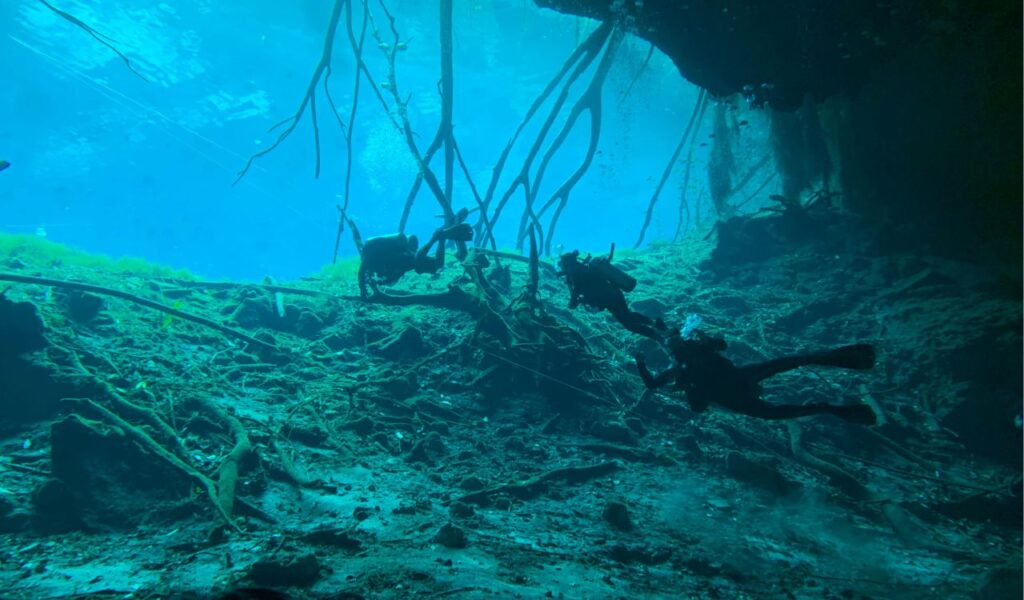
Cave diving is highly teachable through structured courses. Training starts in shallow caverns, progressing step by step with expert guidance. Instructors ensure students master essential skills like navigation, lighting, and emergency procedures before advancing. With clear instruction and hands-on practice, divers gradually build confidence and competence. By following these training pathways, even beginners can transform apprehension into the ability to safely explore underwater caves.
Cave Diving Requires Expensive Gear
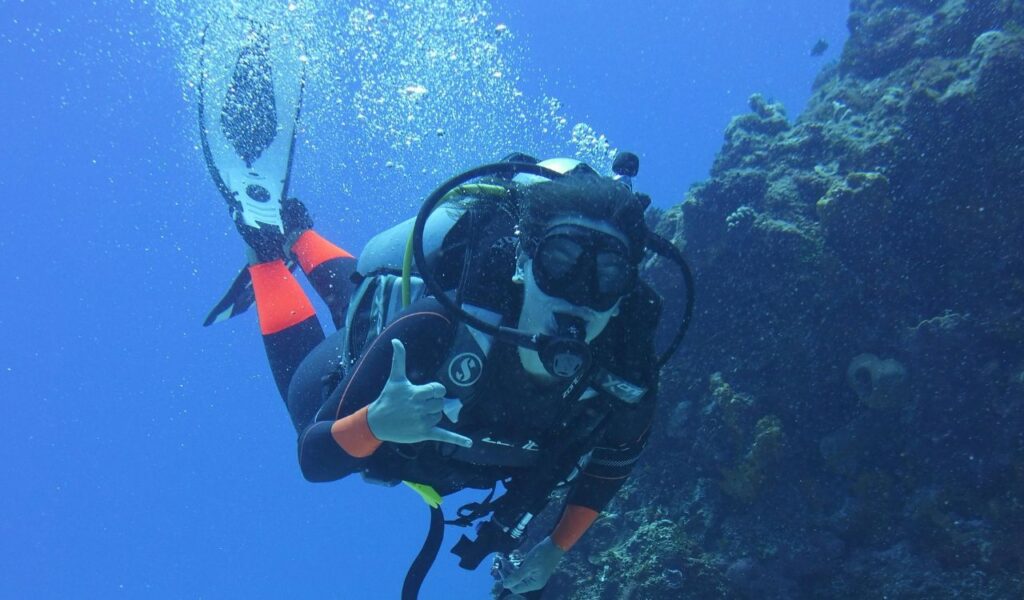
While specialized gear is required, most divers rent equipment during training. Over time, you can purchase essentials like masks, lights, or fins to suit your needs. Many dive centers provide high-quality rental options, making cave diving accessible without huge upfront costs. As skills grow, divers often invest gradually in equipment. Cave diving can be budget-friendly, especially for those who prioritize training and experience before purchasing gear.
Cave Diving is Just Like Open Water Diving
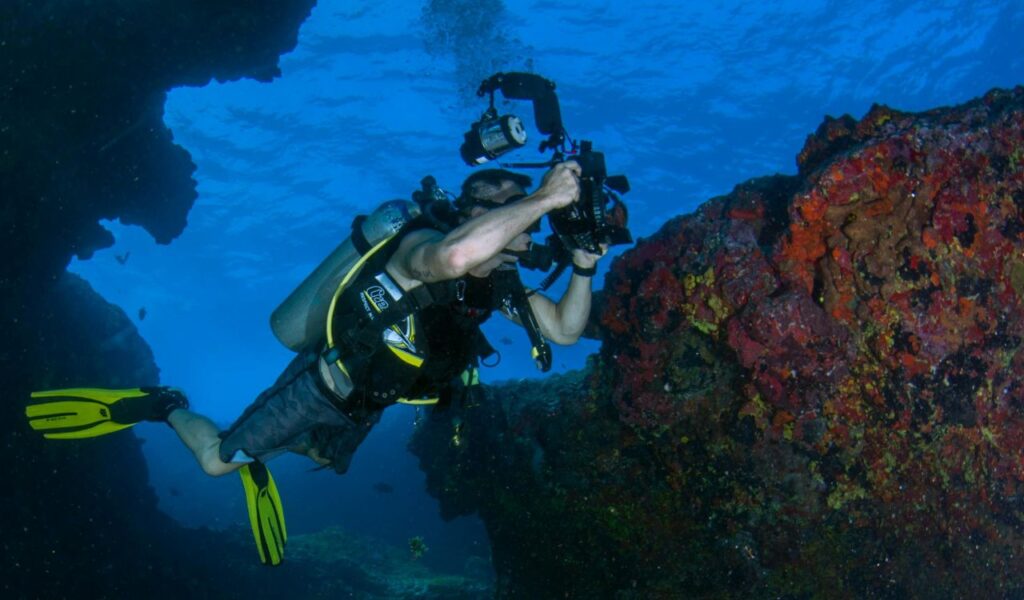
Cave diving is very different from open water diving. It requires additional training, specialized equipment, and strict protocols. Unlike open water, caves have enclosed spaces with no direct surface access, making preparation crucial. Certification programs teach divers how to navigate safely, manage air reserves, and use guidelines. Assuming open water experience alone is enough is dangerous. Proper cave training ensures readiness for these unique environments.
The Risk of The Bends is Constant
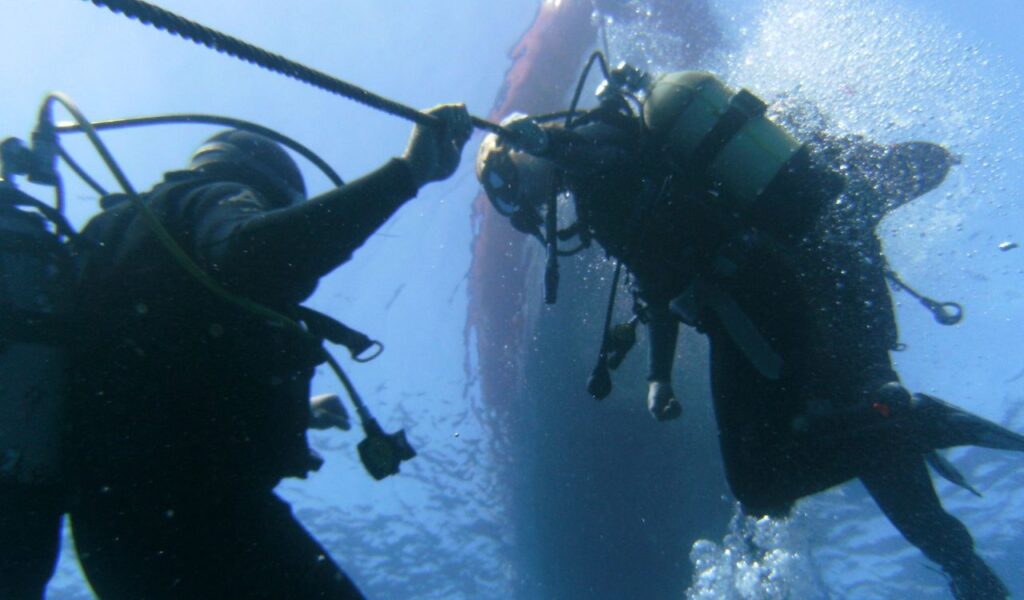
The fear of decompression sickness in cave diving is exaggerated. Beginner cave dives are usually shallow enough to limit risk. Training emphasizes dive planning, slow ascents, and proper gas management to prevent issues. As divers progress to deeper or longer dives, they learn decompression procedures designed to keep them safe. With careful adherence to these practices, the risk remains controlled and minimal, even in extended cave systems.